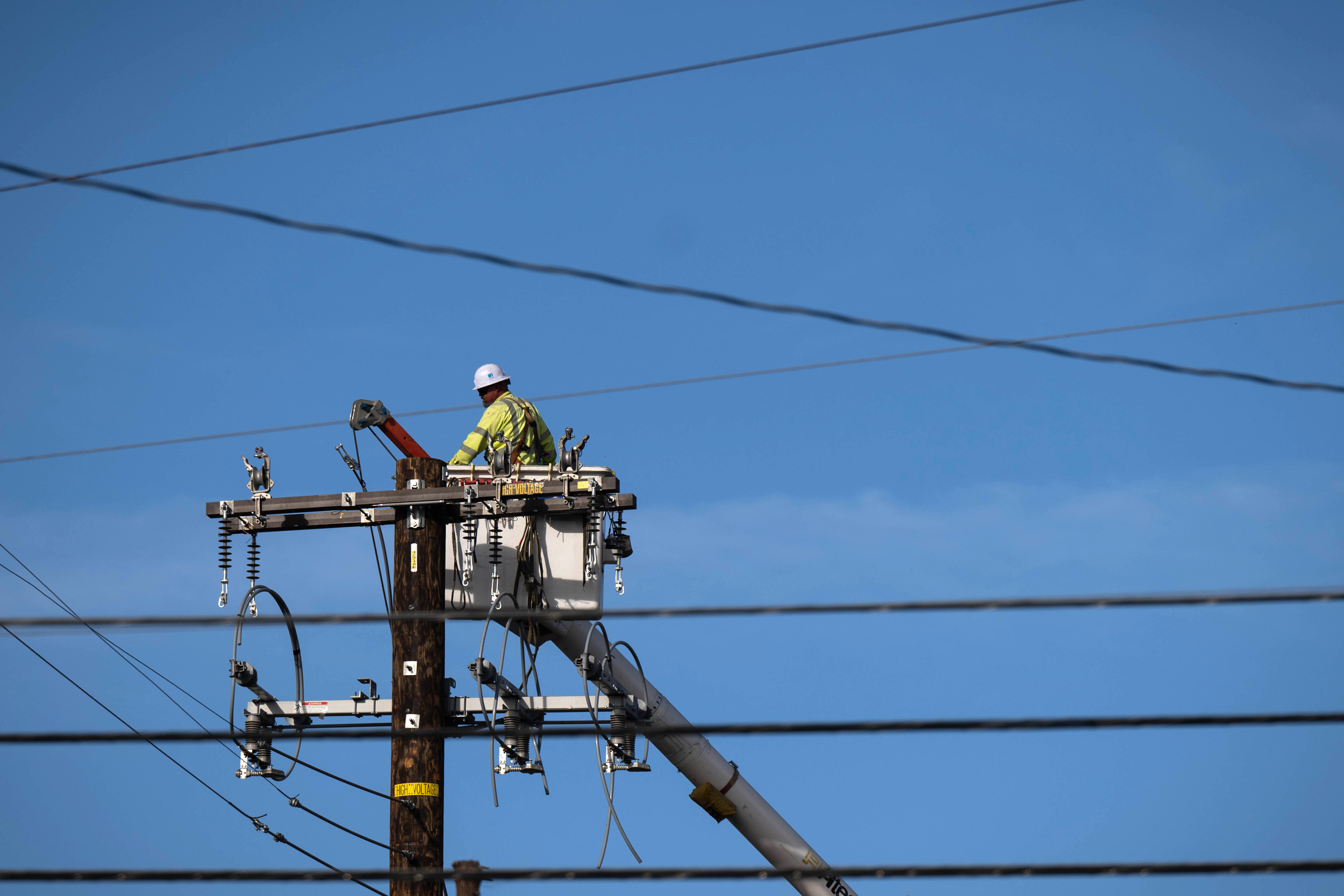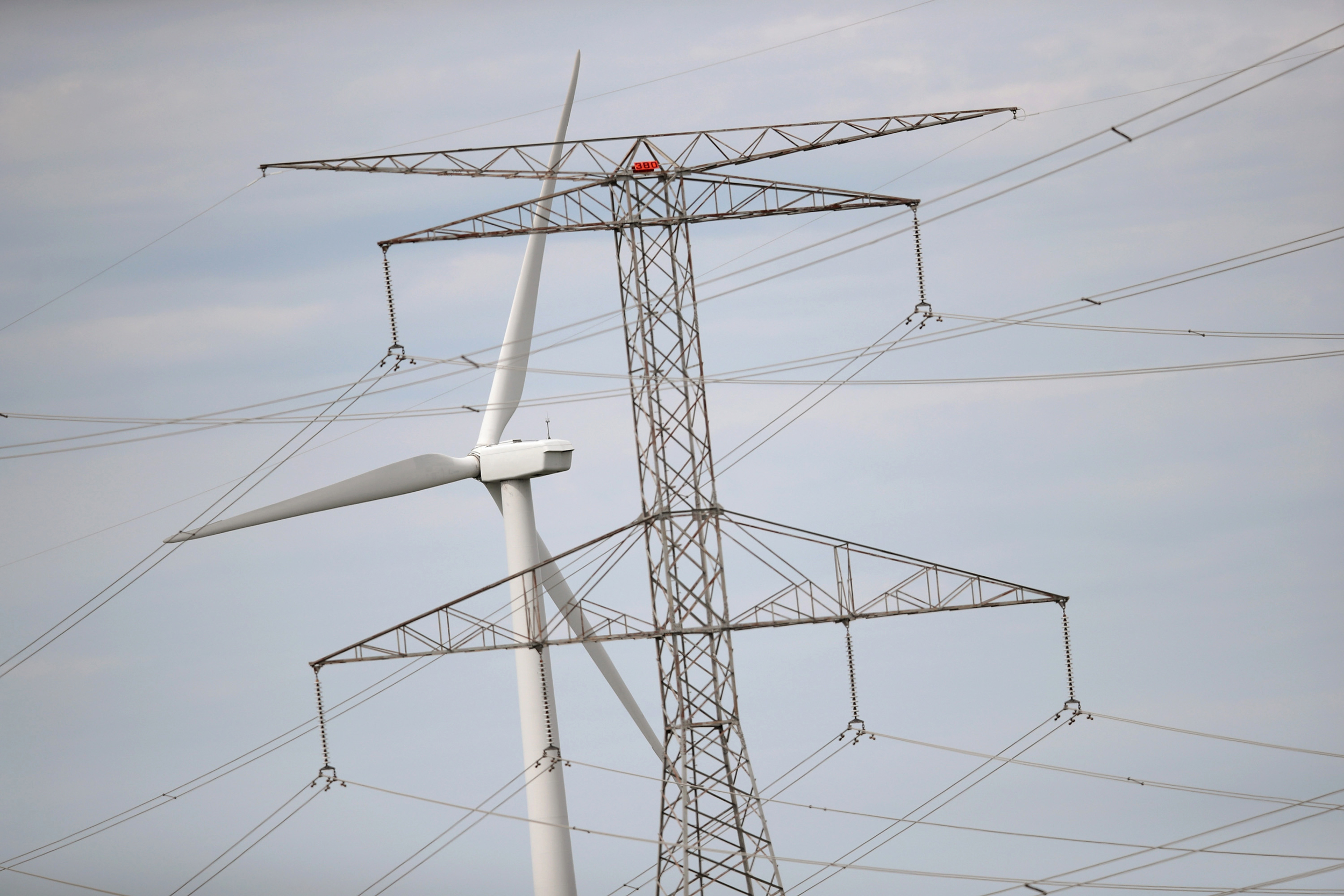Skyrocketing electricity prices this summer may just be the start of something big for the 65 million residents relying on PJM Interconnection, the largest power grid operator in the United States.
PJM held its annual power capacity auction this month—following record-high price increases in 2024–and analysts are expecting prices could again jump or remain at current high levels for the grid operator that services 13 states from Illinois to New Jersey faces increasing demand.
Capacity price, the cost that consumers pay for power being available when needed, drove 20 percent increase in electricity prices in New Jersey, at least 10 percent increase in Illinois and similar hikes in other Mid-Atlantic and Midwest states.
The auction results will be released July 22 and experts believe there is no indication that prices will drop for the June 1, 2026-May 31, 2027 delivery year.
“Sadly, it will be a repeat of last year. Maybe a little bit worse, maybe a little bit better, but largely the same,” said Abraham Silverman, an energy researcher with the Ralph O’Connor Sustainable Energy Institute at Johns Hopkins University.
Data center growth, driven by expansion of artificial intelligence, is behind much of the demand surge. PJM is also facing criticism for slow interconnection of renewable energy projects in its grid capacity.
How Auctions Work
Auctions work like this: PJM starts by calculating how much backup power the region will need to keep the lights on during the busiest days of the next year. That becomes the target energy that PJM needs to raise for the auction. For the upcoming delivery year, PJM determined it needed 146,105 megawatts.
On auction week, power companies and businesses submit bids that include the amount of energy they are willing to offer and the price they need to be paid to have that power ready on high-demand days.
Participants make their offers from either generating electricity or reducing their use of it. These included new and existing power plants, upgrades to existing generators and commitments to use less energy during peak times.
They then bid by indicating the amount of dollars they need to be paid each day for keeping one megawatt of energy available—thus the unit of dollars per megawatt-day. (One megawatt is roughly enough to power 800 homes at once.)

PJM accepts lowest-price bids first and then adds enough bids to reach the target amount of backup energy. The price of the last bid accepted becomes what they call the “clearing price,” which is what all selected providers get paid—no matter what they originally bid. Participants who bid too high don’t get cleared.
For example, PJM next year needs 146,105 megawatts. It will start taking offers from participants that can promise energy at the lowest price, say $20 per megawatt-day. Then it works its way up.
If the final bid accepted to reach the target amount is $200 per megawatt-day, then everyone whose bid was $200 or lower will get paid $200. Even those who only asked for $20.
So, if a power plant “clears” the auction at $200 per megawatt-day after offering 100 megawatts of capacity, it earns $20,000 per day for the delivery year from PJM. These payments are built into PJM customers’ electricity bills as the capacity price.
High Ceiling, High Floor
In January this year, PJM agreed to a cap on the capacity price for the next two auctions after Pennsylvania Gov. Josh Shapiro filed a complaint with the Federal Energy Regulatory Commission.
That complaint came months after several parties including the Sierra Club, Earthjustice, Public Citizen and Union of Concerned Scientists had asked FERC to demand reforms by PJM in its capacity market rules. The Pennsylvania complaint, filed in late 2024, alleged that PJM failed to quickly put more projects into the grid, a mismanagement that could cost PJM ratepayers more than $20 billion in charges in the next two years.
In February this year, PJM set the price cap at $325 per megawatt-day for the next two years. In practice, that means the clearing price—the amount all selected providers are paid—can’t go higher than $325 per megawatt-day.
That 2025 multistate price increase came after the 2024 capacity auction yielded a $269.92 per megawatt-day capacity price—an almost tenfold jump from the $28.92 per megawatt-day rate from the 2023 auction.
The ceiling for the next two years was set to protect ratepayers from an even more staggering jump.
But it also included a price floor of $175 per megawatt-day, which could block the price from falling lower.


Experts said there is a possibility that prices fall in this current auction because the energy mix has benefited from delays in closing older plants. Some fossil fuel powered plants, set to retire, are now set to operate a few years longer.
Companies are also being enticed to participate in the auction through “demand response,” or when a company gets compensated for using less power during peak demand days.
Silverman explains the incentive opportunity this way: “So basically [PJM] goes out and buys power [from] plants…and says, ‘You agree as a power plant to supply electricity when we need it.’ The other thing that you can do is you can say, ‘Hey, I, as a user of electricity, will agree to shut off to decrease my usage of electricity when I’m called upon.”
“They are effectively selling their capacity back to PJM. And they put in a bid just like any power generator would,” he said.
If these scenarios play out favorably for ratepayers the capacity price could only go as low as the $175 per megawatt-day floor, Silverman said.
AI Overloads
Power-hungry data centers—both existing and planned—continued to push up the capacity price by increasing energy demands for next year.
In its jurisdiction, PJM projected that summer demand will increase by about 30 gigawatts by 2030 compared to 2025, with much of that demand coming from data centers.
The increase of power demand from data centers in PJM areas will account for about 29 percent increase in data center power needs in the U.S. by 2030, according to an estimate of the U.S. Department of Energy.
This story is funded by readers like you.
Our nonprofit newsroom provides award-winning climate coverage free of charge and advertising. We rely on donations from readers like you to keep going. Please donate now to support our work.
Donate Now
A key issue in data centers is counting how many they are. The more of them that PJM anticipates will need power, the larger demand it calculates. And that drives up the capacity price.
Future power needs from planned data centers are calculated by local utilities, which then report a figure to JM. PJM then adds up how much energy it needs to buy to meet the capacity market need. But there is a hitch in the process. Local utilities have different ways of counting the number of future data centers in their area.
According to energy experts, there is no clear guidance or regulation on when and how to add in data center demands.
“So one utility might say, ‘I’m only going to include data centers in my forecast when they have put money down, when they’ve entered into a contract to locate in my service territory’,” said Clara Summers, the campaign manager of the Consumers For A Better Grid under the nonprofit watchdog Citizens Utility Board of Illinois.
She added: “But there might be another utility that says, ‘This one data center came and talked with us and said that they were interested in maybe building in my service territory. Just in case they build here, I’m going to reflect that in my load forecast’.”
This has led to fears of “double-counting” of demand in the competitive planning stage. A eveloper of one data center might express interest in building in several different areas. The local utility then could count multiple data centers that the grid needs to anticipate for—even when, in the end, there might be just one data center built.
PJM has no region-wide standard of counting energy demand of planned data centers, Summers said.
PJM in a statement said it “will review (as has the utility already) what contracts have been signed and whether or not the developer is committed to the project or can walk away, which might indicate they are shopping it around.”
Renewables Rising?
PJM has faced criticism from officials and advocates in different states about its backlog of reviews for new energy sources, particularly clean energy projects.
PJM stopped accepting new power interconnection requests in 2022 to work on its queue. As of July 14, 2,031 projects are still awaiting review with 1,330 of them solar and wind projects, according to the tracking site interconnection.fyi, a data site launched by two Silicon Valley software engineers.


PJM introduced, among the 2,031 awaiting approval, a parallel fast-track interconnection process for 51 projects, most of them natural gas plants. But about 9 in 10 of them will come online only in 2030 and 2031.
“These (renewable energy projects) are not likely to help mitigate price increases in the short term,” said Zenon Christodoulou, a commissioner of the New Jersey Board of Public Utilities (BPU).
Renewables are making a dent in the short term in a different way: by participating in the capacity auction.
For the first time this year, PJM required renewable and battery projects that are already online to bid into its capacity market. That includes hundreds of megawatts of solar farms, wind turbines and battery storage.
The rule is expected to lower capacity prices by increasing competition. As more renewable and battery projects bid into the market, PJM has more bids to choose in order to reach its capacity goal.
“If renewables show up as expected, if they all offer, that’s going to take a pretty good dent out of the [demand] growth,” said Thomas Rutigliano, a climate and clean energy senior advocate for the Natural Resources Defense Council.
About This Story
Perhaps you noticed: This story, like all the news we publish, is free to read. That’s because Inside Climate News is a 501c3 nonprofit organization. We do not charge a subscription fee, lock our news behind a paywall, or clutter our website with ads. We make our news on climate and the environment freely available to you and anyone who wants it.
That’s not all. We also share our news for free with scores of other media organizations around the country. Many of them can’t afford to do environmental journalism of their own. We’ve built bureaus from coast to coast to report local stories, collaborate with local newsrooms and co-publish articles so that this vital work is shared as widely as possible.
Two of us launched ICN in 2007. Six years later we earned a Pulitzer Prize for National Reporting, and now we run the oldest and largest dedicated climate newsroom in the nation. We tell the story in all its complexity. We hold polluters accountable. We expose environmental injustice. We debunk misinformation. We scrutinize solutions and inspire action.
Donations from readers like you fund every aspect of what we do. If you don’t already, will you support our ongoing work, our reporting on the biggest crisis facing our planet, and help us reach even more readers in more places?
Please take a moment to make a tax-deductible donation. Every one of them makes a difference.
Thank you,


















